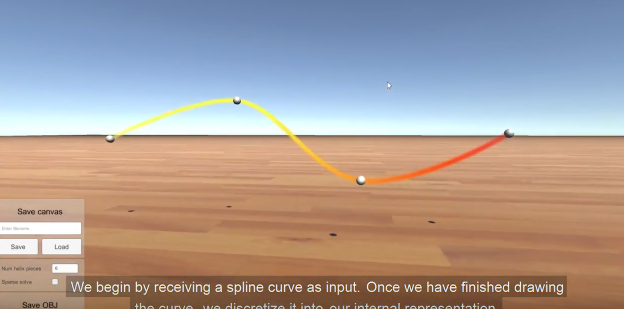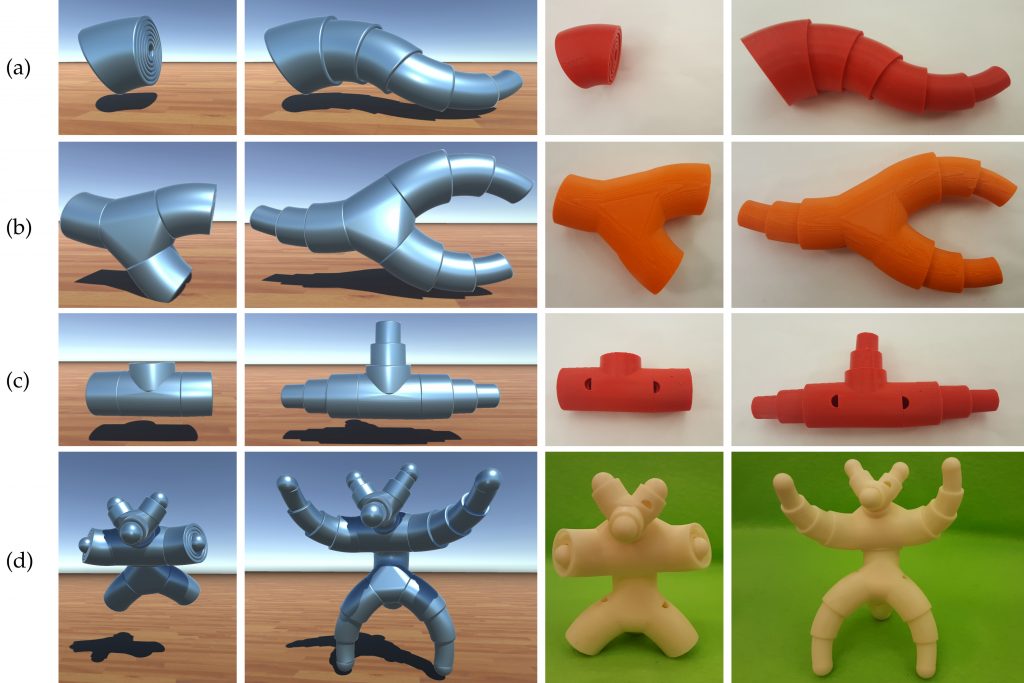3D printing has been used to help create a program for exploring the possibilities of objects that can be extended and compacted at will.
As a deployable feature that can be added to a variety of shapes the technique has great potential across mechanical and civil engineering to make structures and innovative machines.
In robotics, the approach has particular application for remote controlled vehicles, used to access hard-to-reach and typically treacherous areas for search and rescue.
Model for a telescoping vehicular brachiosaurus. Clip via Christopher Yu on YouTube
Aye aye captain!
The novel concept for these retractible structures has been explored extensively, for the first time, in a study by researchers Christopher Yu, Keenan Crane and Stelian Coros of Carnegie Mellon University, Pennsylvania.
It follows the basic structural principal found in a “pirate’s telescope.”

“At a high level,” the researchers explain, “a telescoping structure can be thought of as a sequence of extensible components, referred to as telescoping shells. Intuitively, each shell represents a rigid piece of material with an interior cavity shaped to accommodate subsequent, smaller shells which we call children.”
Computational design then, is dictated by three specifications. Shells must be rigid; have “a continuous, collision-free motion between distinct retracted and extended configurations” and be contained within a parent shell without space in-between.
A telescope sim
By understanding these design parameters, Yu, Crane & Coros successfully create a program capable of simulation telescoping objects.
Models in this program are generated from simple user input, such as an imported mesh or a simple click-and-drag line sketch.

After input, the program automatically converts the shape into a “curve skeleton” with parent and child shells. This model can also be modified by the user depending on purpose.
Search & rescue
For 3D printing, the researchers stipulate that extra channels have to be added between the parent and child shells, making allowances for material.

A number of examples are suggested by the team covering complex models of animals, e.g. a giraffe, octopus and a lizard, a functional robotic arm and a specially designed rescue robot.
A telescoping “bear saving robot”. Clip via Christopher Yu on YouTube
By fusing mathematical models with 3D printing, researchers at the Massachusetts Institute of Technology (MIT) have conversely proposed a possible shape for the 3D form of graphene.
To stay up to date with all the latest 3D printing news and research, sign up to the most widely read newsletter in the industry, follow us on Twitter and like us on Facebook.
Looking for jobs in 3D design? Register on our 3D printing jobs site here.
Featured image: Telescoping lizard model. Image via Yu, Crane and Coros


